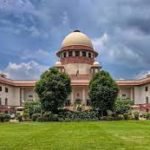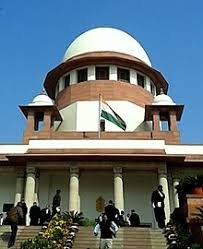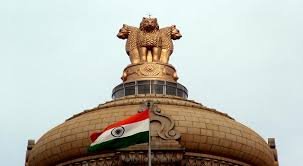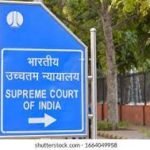The case, a writ petition filed by Gyan Prakash, addresses the critical issue of safety on India’s National Highways. The petition highlighted a severe problem, noting that 53,181 persons were killed in road accidents on Indian highways during 2017. A significant underlying concern is the widespread unauthorised occupation and encroachment on highway land, which contributes to congestion and unsafe conditions for vehicles and pedestrians. The Court also noted a lack of effective machinery for citizens to complain about these encroachments.
Law Involved The primary legal frameworks relevant to this case are:
The Control of National Highways (Land and Traffic) Act, 2002 (referred to as ‘the 2002 Act’).
This Act contains provisions for the prevention of occupation of highway land (Section 24), the removal of unauthorised occupation (Section 26), and the regulation of traffic (Section 28).
Section 3 of the 2002 Act provides for the establishment of Highway Administrations45. Section 26 empowers Highway Administrations to remove unauthorised occupation, recover costs, and impose penalties6. Importantly, sub-section (8) of Section 26 grants independent power for the immediate removal of unauthorised occupation if it impacts traffic safety or highway structure.
The Highway Administration Rules, 2004 (referred to as ‘the 2004 Rules’).
These rules define the powers and functions of the Highway Administrations. This includes laying down policies, issuing general orders for traffic regulation, deciding on allocation of functions, and undertaking periodic review and monitoring.
Reasoning:
The Supreme Court emphasised the paramount importance of highway safety. It observed that despite statutory provisions in the 2002 Act, there was an absence of a proper mechanism for regular inspection and for citizens to lodge complaints regarding encroachments…. The Court noted that the Ministry of Road Transport & Highways had indicated a scheme for regular inspection and grievance redressal, but effective implementation was lacking. The Court found that unauthorised occupation on highways has a direct connection with road safety4 and that the Highway Administrations have a duty to keep highways free of encroachments. The Court also recognised the need for a modern and accessible system for reporting encroachments, such as a mobile application.
Holding The Court issued several directives to ensure the safety and clarity of National Highways:
- The Ministry of Road Transport & Highways (MoRTH) and various Highway Administrations are directed to implement a comprehensive scheme for regular inspection of National Highways and for the establishment of a grievance redressal mechanism
- Proper inspection teams must be constituted for frequent and regular inspections to ascertain whether there are encroachments.
- A mobile application named ‘Rajmargyatra’ (or similar) is to be developed and widely publicised, allowing citizens to upload geo-tagged photos and location details of encroached portions and report incidents, hazards, or safety concerns This application should also include a toll-free number.
- The Highway Administration must ensure prompt action and feedback on complaints lodged through the portal.
- Surveillance teams, potentially involving State Police or other forces, are to be constituted to patrol highways regularly and punctually to prevent and remove unauthorised occupation17….
- The Ministry of Road Transport & Highways is to file a compliance affidavit within three months, detailing the implementation of these directives.
- The learned amicus curiae, Ms. Swati Ghildiyal and Shri K M Nataraj, will continue to assist the Court, and the Court noted its appreciation for their efforts.
- The petition is listed for further hearing on 14th October 2024 to review compliance and issue interim directions
Gyan Prakash V. Union Of India And Others
Supreme Court: 2025 INSC 753: (DoJ 21-05-2025)








